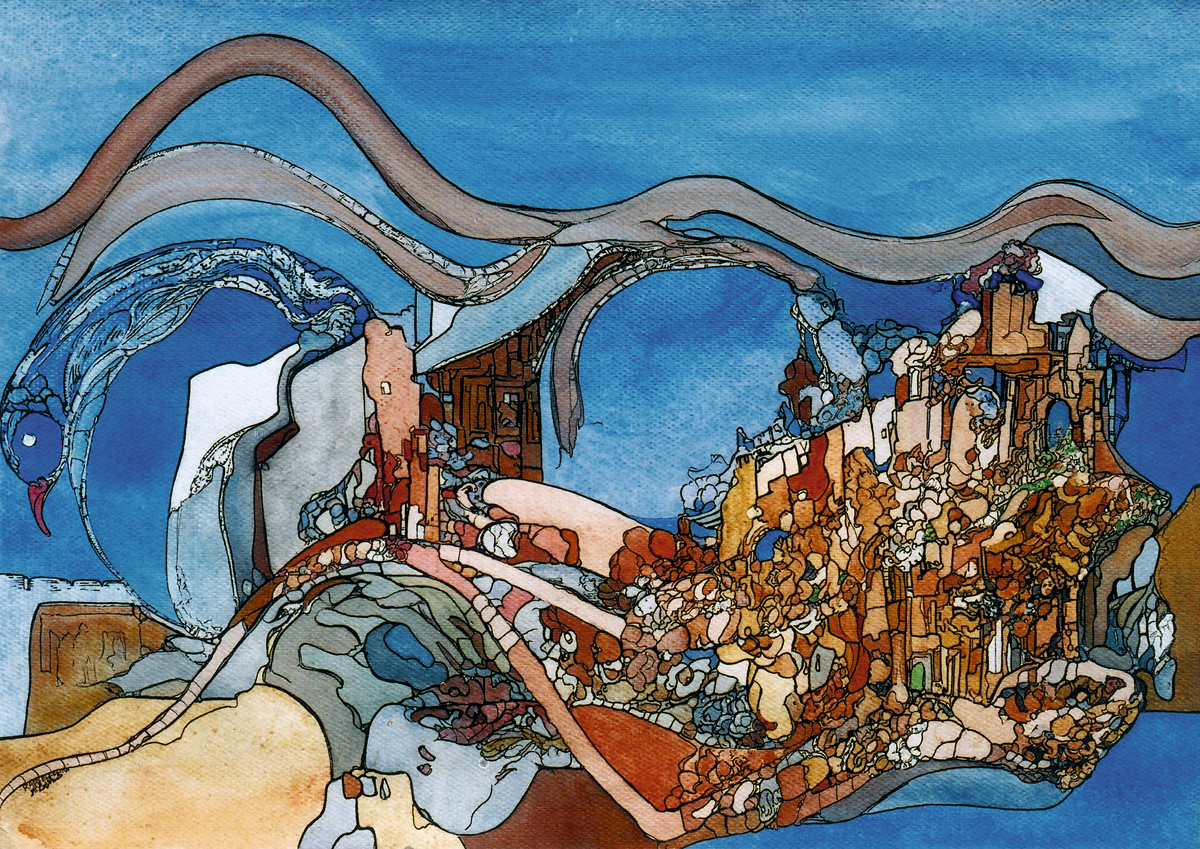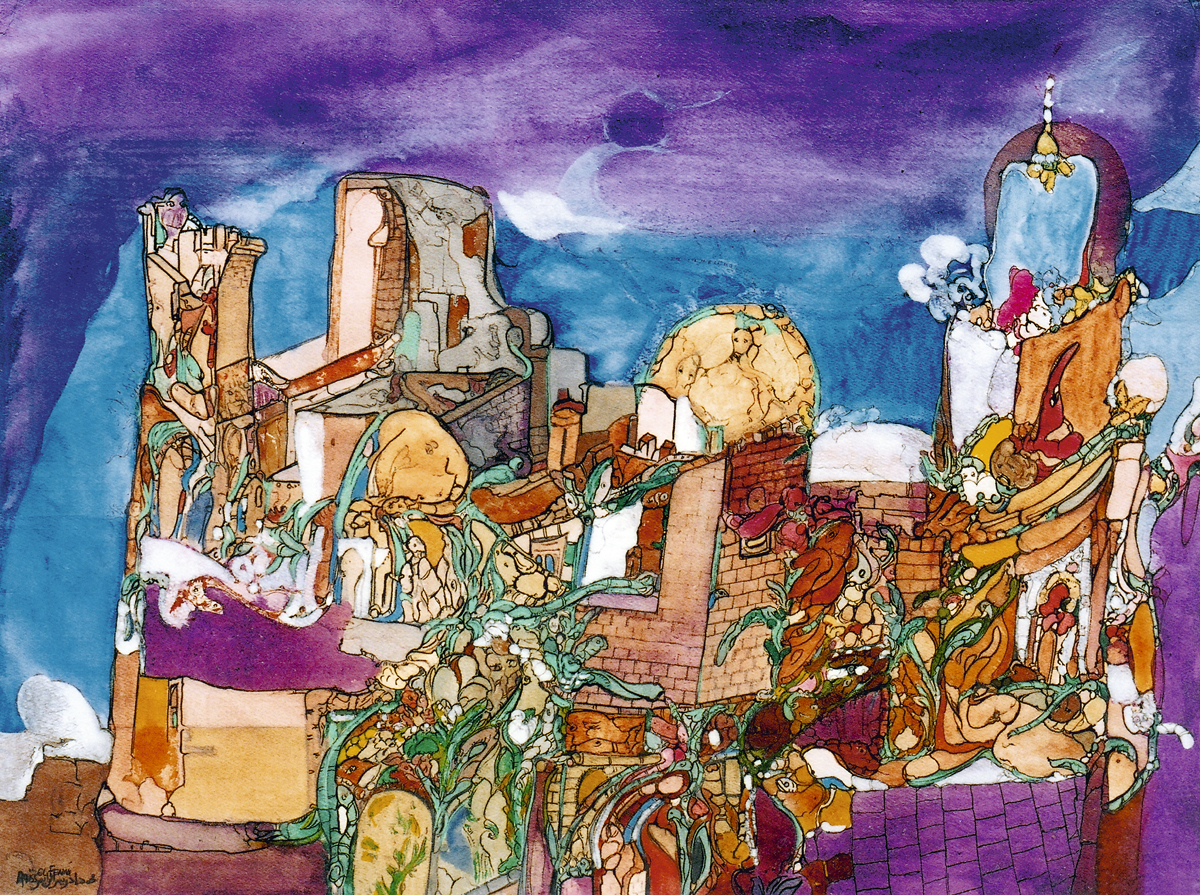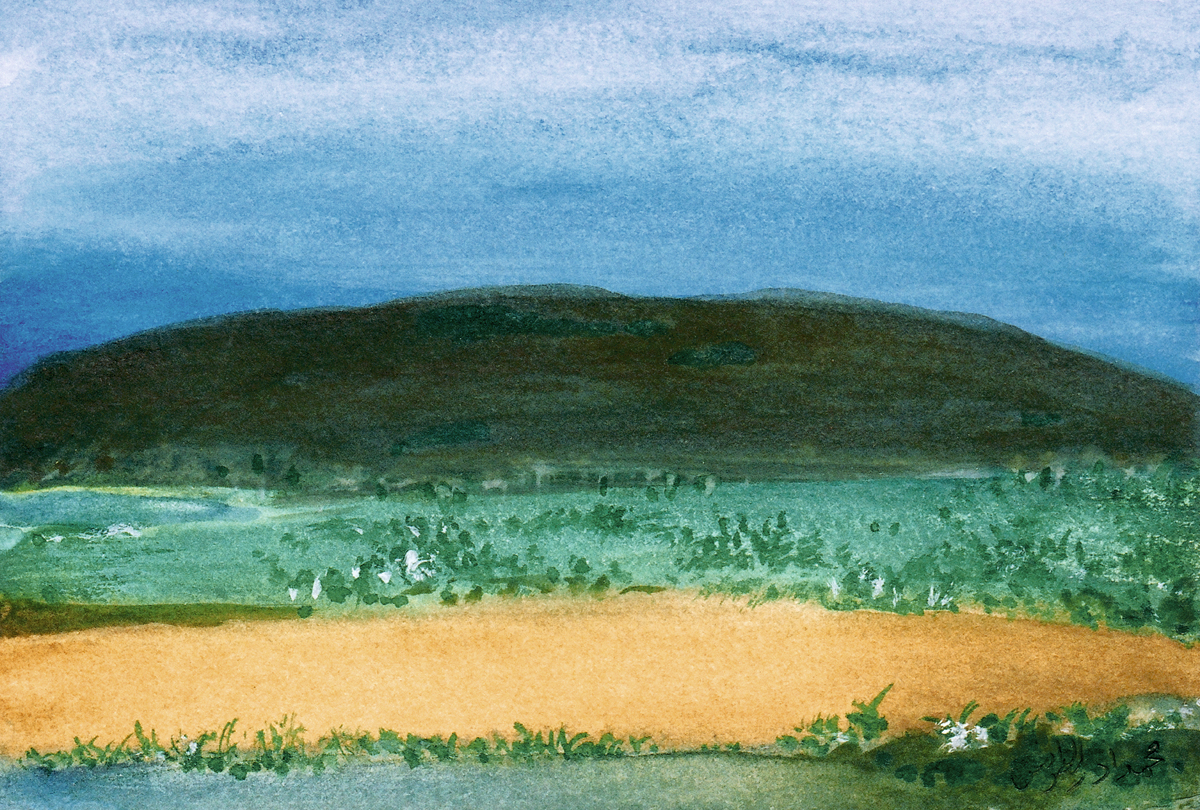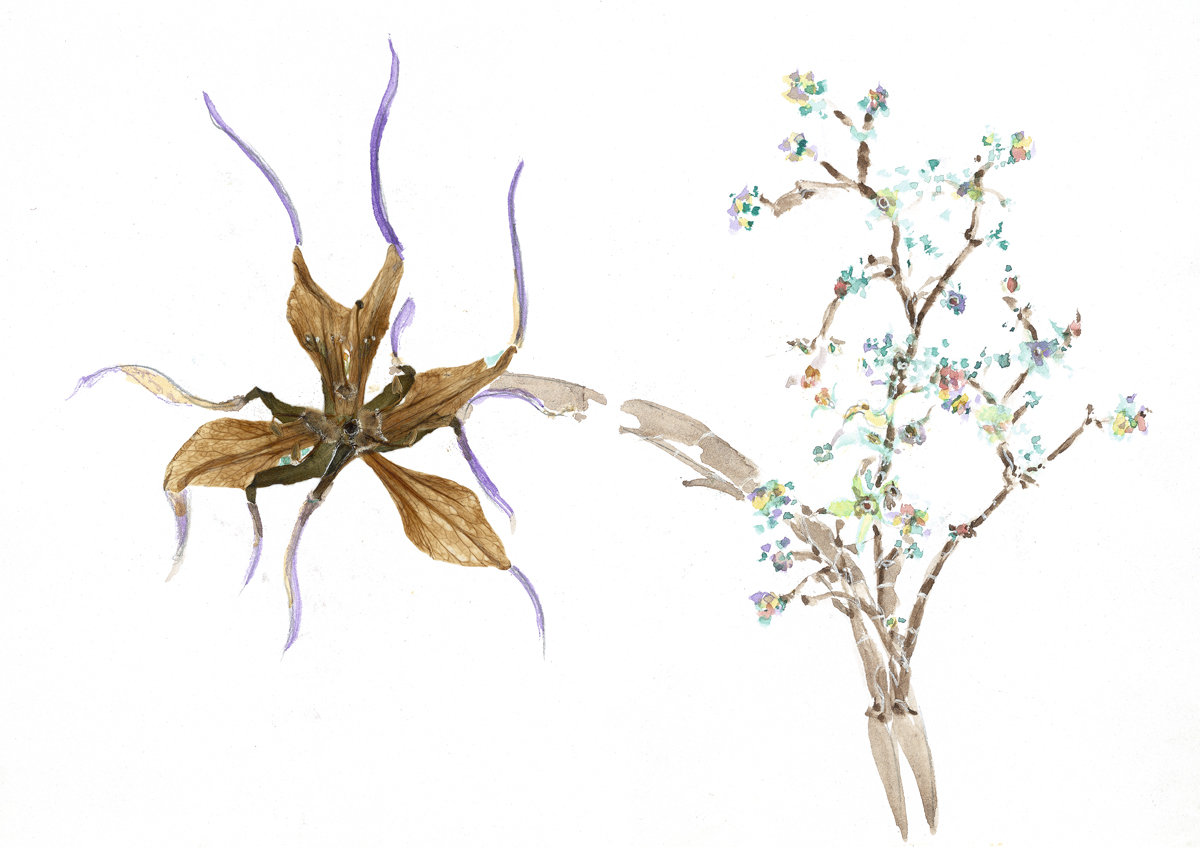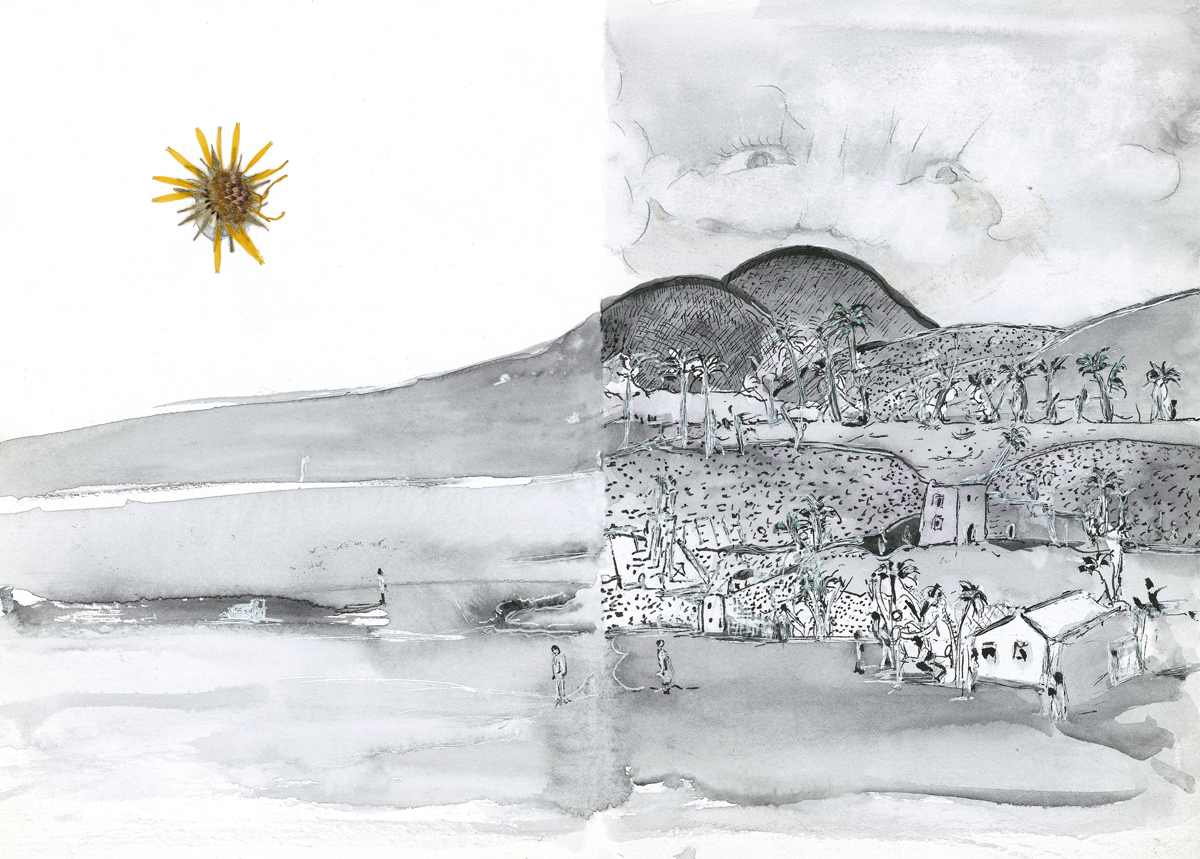Capítulo 5. Corrientes migratorias de ida y vuelta. Nuevos esclavos. Comercio internacional. Desarrollo. Fronteras de la renta.
*SERIE INCORPORADA AL CATÁLOGO DE LA UNESCO
Los movimientos migratorios son una constante en la Historia de la Humanidad. Desgraciadamente, hoy se mueven y transportan con mayor facilidad las mercancías que las personas. La famosa globalización aún no ha conseguido derribar muros y fronteras.
Este capítulo de Linatakalam habla de algo tan antiguo como la especie humana: las migraciones. Los llamados “inmigrantes”, “sin papeles” o “indocumentados” cuyo único delito es procurarse una vida digna.
El Mediterráneo que nos une, también nos separa: en el Mare Nostrum existe la mayor desigualdad económica, la brecha, entre Norte y Sur de todo el planeta. En este capítulo toman la palabra los inmigrantes: tunecinos en Sicilia, iranís que huyen de la guerra, poetas asomados al estrecho de Gibraltar, o ONG´s de Estambul y Valencia, solidarias con el recién llegado, desvalido. Toman la palabra, pues, los inmigrantes sin fronteras.
5. IMMIGRANTS WITH NO FRONTIERS
Migratory currents of comings and goings. New slaves. International trade. Development. Renting frontiers.
Migratory currents are constant in Human History. Unfortunately, today they move and carry more easily people than goods. The famous globalizaztion still has not achieved the demolition of walls and frontiers.
This chapter talks about something as old as human species: migration. The so called “inmigrants”or “no papers” have commited only one sin: to try to achieve a decent life.
The Mediterranean joins and separates us at the same time: the biggest economic inequality, the biggest gap between north and south is in the Mare Nostrum. The inmigrants are the speakers in this chapter: Tunisians in Sicily, Iranians that run away from war, poets in the Strait of Gibraltar or NGOs from Istambul and Valencia, supporting with the defenceless newcommer. The inmigrants without frontiers are the speakers.
[Galería: ilustraciones del artista marroquí Raiss el Fenni].



